Diacerin is a DMOAD (Diseases Modifying Osteoarthritis Drug) – D – Diarrhea (not recommended in >65 years – more vulnerable to diarrhea) I – IL-1 Inhibition A – Anthraquinone C – Chondroprotective effects E – Eczema R – Rashes I – Increase in hepatic enzymes (contraindicated in patients with history…
Category: PGMEE, MRCS, USMLE, MBBS, MD/MS
Medical knowledge in bullet points with understandable language, simplified images and graspable mnemonics.
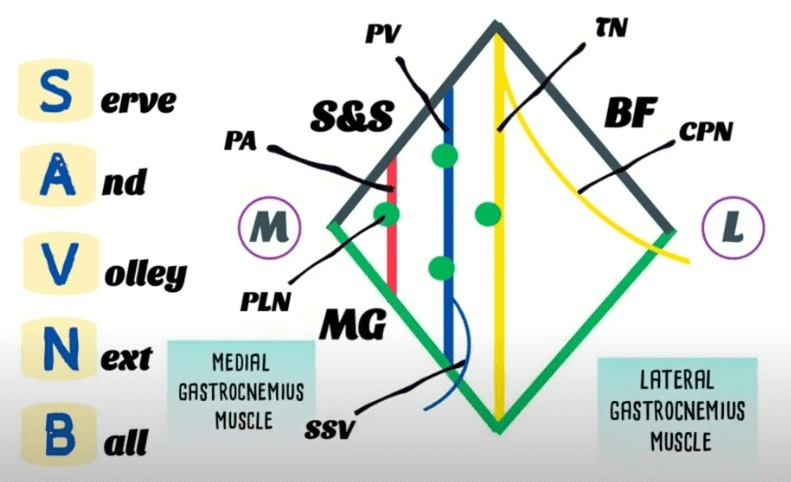
Popliteal Fossa : Mnemonics
Mnemonic: Serve And Volley Next Ball Think of popliteal fossa as a diamond-shaped space. The floor is formed by Popliteus muscle. Membranosus = Medial (The 2 “Semis” go together – hence medial border is formed by semimembranosus, semitendinosus and medial head of gastrocnemius) Therefore, biceps femoris and lateral head of…
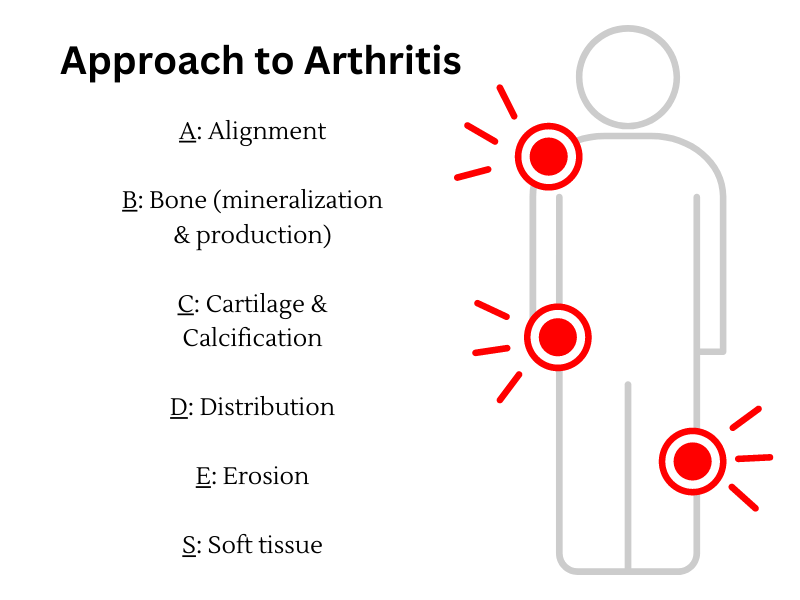
Radiological Approach to Arthritis : Mnemonic
Mnemonic: ABCDES Alignment Bone – mineralization Bone – production Cartilage (Joint space) Calcification Distribution Erosions Soft tissues ABCDES of Arthritis of Wrist and Hand Features RA PsA OA EOA CPPD Gout Alignment (subluxation) Ulnar Multidirection Lateral Lateral None None Bone mineralization Osteopenia Normal Normal Normal Normal Normal Bone production None…
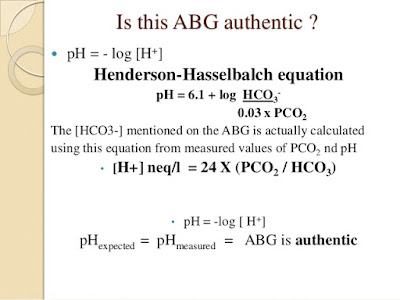
How to check an Error in ABG ? ABG analysis
Sometimes, clinicians might find ABG result not matching with the patient condition. These results might arise from technical errors in machine and there are certain points which can be used to check the error. How to Check whether ABG result is Right or has Error? X= 24X PaCO2/HCO3 Y= 80-…
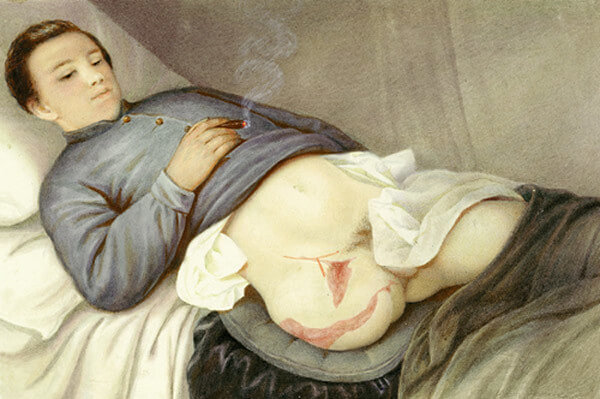
Extremity Amputations – Review
Indications Mnemonic: three Ds 1. Dead (or dying): Peripheral vascular disease (most common indication for amputation), Severe trauma (leading indication for amputation in younger patients), Burns, Frostbite 2. Dangerous (or deadly): Malignant tumors, Potentially lethal sepsis, Crush injury 3. Damned nuisance: Gross deformity, Recurrent sepsis, Sever loss of function Increase…
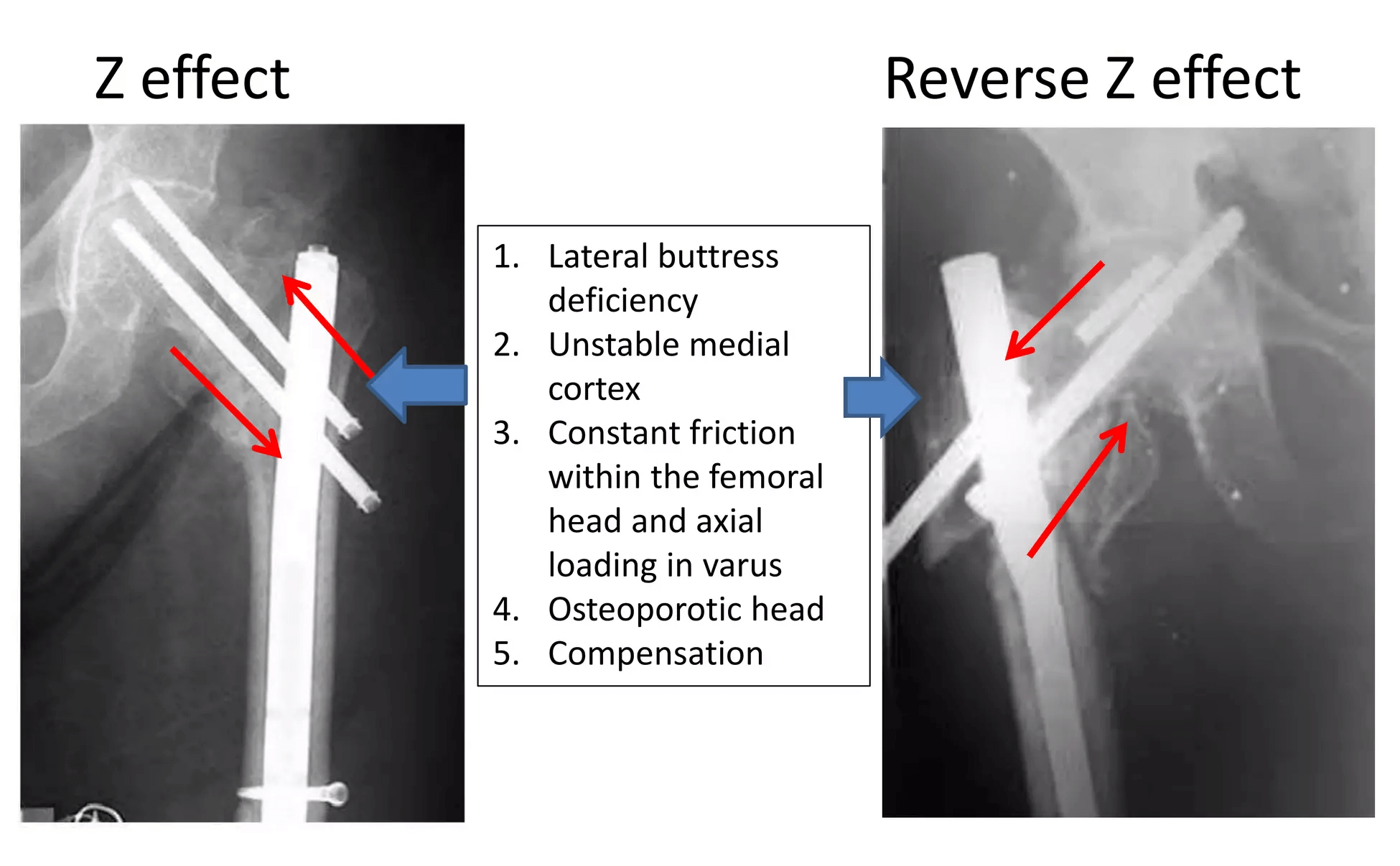
Z-effect and Reverse Z-effect in PFN
‘Z-effect’ and ‘Reverse Z-effect’ are complications relating to differential migration of screws that arise from fixation of unstable proximal femoral fractures with Proximal Femoral Nail (PFN) having 2 interlocking head screws. The 4 patterns of unstable intertrochanteric fracture hip are: Z-effect: The Z-effect involves the lateral migration of the lag…
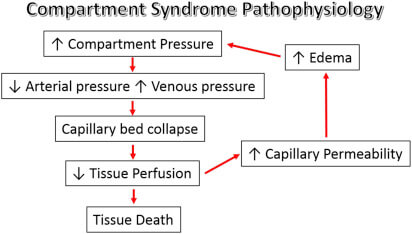
Pathophysiology of Acute Compartment syndrome
Definition Mubarak and Hargens (1981) defined compartment syndrome as an elevation of the interstitial pressure in a closed osseofascial compartment that results in microvascular compromise. Pathophysiology Tissue perfusion = Capillary perfusion pressure – Interstitial fluid pressure 3 major theories for microvascular dysfunction and ischemia: Tissue survival: Vicious cycle of compartment…
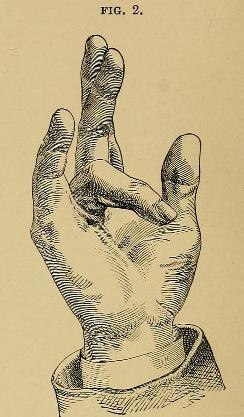
Dupuytren’s contracture : Mnemonics
Associations of Dupuytren’s Contracture Mnemonic: DEAFEST LIAR Dupuytren’s diathesis Mnemonic: ABCDEF Severity and recurrence risk is increased in: If all 6 diathesis risk factors are present: risk of recurrence is 71% If none of diathesis risk factors are present: risk of recurrence is 23% Involvement of fingers Mnemonic: RaSMIT In…
